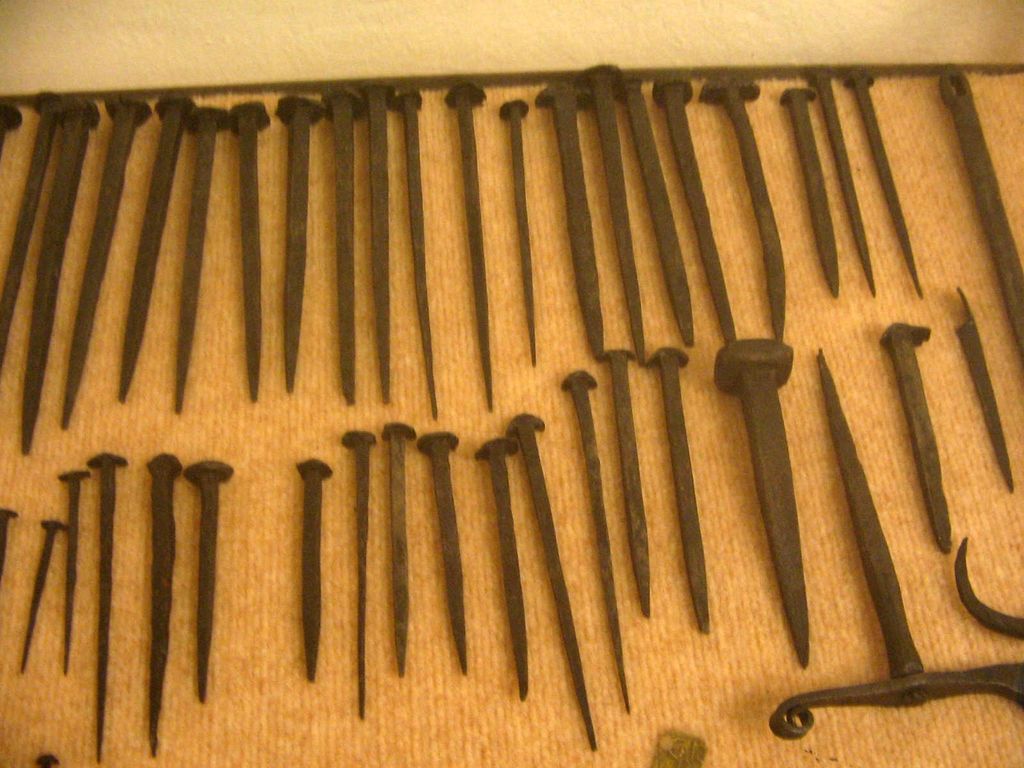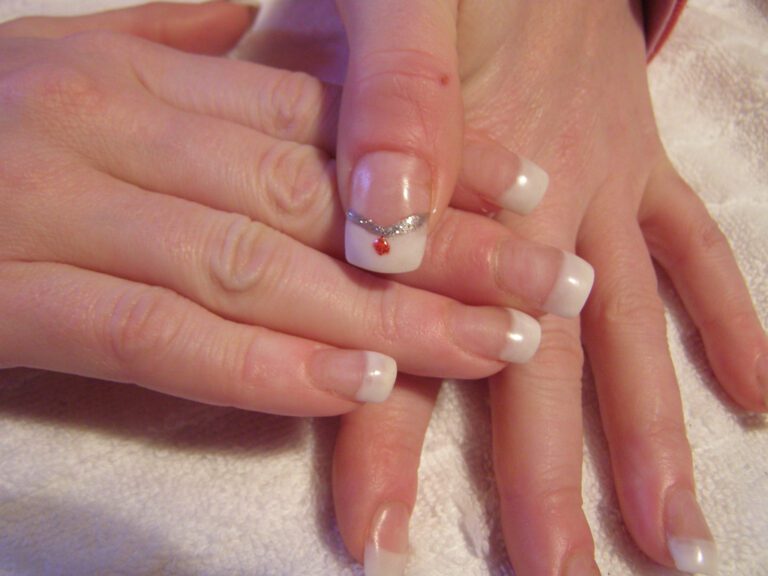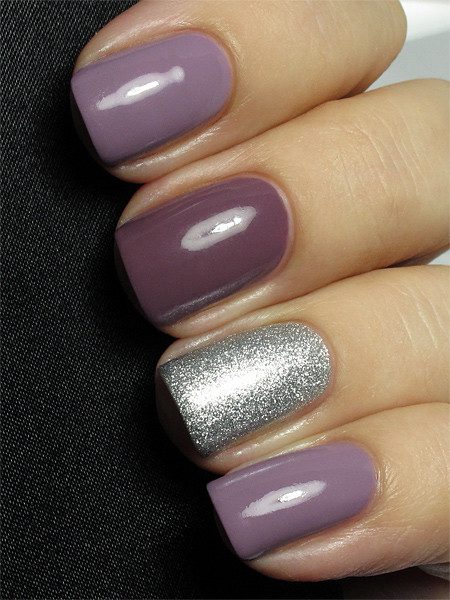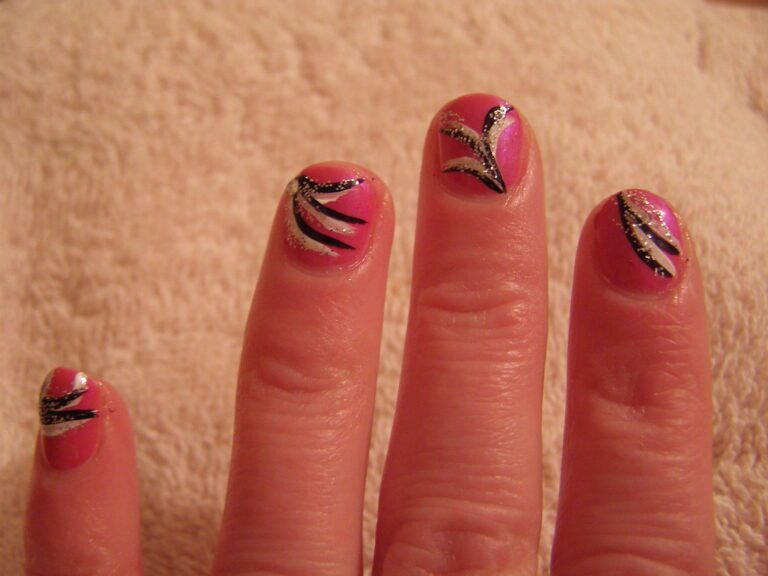“Nailing History: When Were Nails Invented?”
Nails have been an essential part of construction and craftsmanship for centuries, but when were they first invented? This article explores the fascinating history of nails, from their early beginnings in the Bronze Age to the modern manufacturing techniques used today.
Key Takeaways
- Nails have been used since ancient times, with evidence of their existence dating back to the Bronze Age.
- The Roman Empire played a significant role in the development and widespread use of nails, showcasing advanced forging techniques and applications.
- Medieval Europe saw the evolution of nail making, with blacksmiths playing a crucial role in crafting various nail designs.
- The Industrial Revolution revolutionized nail production with the introduction of nail-cutting machines, leading to mass production and standardization.
- Modern nail manufacturing has benefited from technological advancements, resulting in a diverse range of nails available for different purposes.
The Dawn of Fasteners: Early Evidence of Nails

Bronze Age Beginnings
The invention of nails marks a significant advancement in human history, providing a means to fasten and construct with greater ease and stability. During the Bronze Age, the earliest nails were crafted from bronze, a testament to the ingenuity of ancient civilizations. These early fasteners were typically hand-forged, making each nail unique.
Bronze nails were not only functional but also held symbolic value in some cultures, often used in ceremonial clothing and as burial offerings. Their production required a combination of skilled labor and the limited resources of the time, reflecting the value placed on these items.
- Hand-forged individuality
- Symbolic and functional use
- Skilled labor and resource management
Remember: The quality of Bronze Age nails was directly tied to the craftsmanship of the period, which set the foundation for future advancements in nail making.
Iron Age Improvements
The Iron Age heralded significant advancements in the development of nails. As iron became more accessible, it allowed for stronger and more durable fasteners, crucial for the construction of more robust structures and the creation of sophisticated weaponry.
Iron nails were typically hand-forged, with blacksmiths heating the metal until it was malleable and then hammering it into shape. This process resulted in nails with a distinct square cross-section, a characteristic feature of the era.
Remember, the quality of iron nails could vary greatly depending on the skills of the blacksmith and the quality of the iron used.
The following list outlines the key improvements brought about during the Iron Age:
- Enhanced strength and durability of nails
- Increased availability of iron as a raw material
- Development of specialized forging techniques
- Wider use of nails in construction and military applications
Ancient Egyptian Craftsmanship
The craftsmanship of nails in ancient Egypt reflects the highest quality workmanship, showcasing intricate designs and durable construction. Nails were meticulously crafted to serve both functional and decorative purposes, embodying the artistry and skill of ancient Egyptian metalworkers. The use of nails in construction and woodworking was a testament to the advanced techniques and expertise of the ancient Egyptians, highlighting their innovative approach to fastening materials. The significance of nails in ancient Egyptian culture is evident in the meticulous attention to detail and precision in their creation, symbolizing the importance of craftsmanship in this ancient civilization.
The Roman Handiwork: Nails in Antiquity

Forging Techniques and Uses
In the era of Roman dominance, the production of nails was a testament to the sophistication of metalworking techniques. Blacksmiths were the artisans behind this craft, employing a process known as forging to shape iron into nails. This involved heating the metal until it was malleable and then hammering it into the desired form.
The uses of nails in Roman times were diverse, ranging from construction of buildings and bridges to the manufacture of weapons and armor. Nails were essential in creating robust structures that have, in some cases, stood the test of time.
Tip: When examining ancient structures, the presence and condition of nails can provide valuable insights into the construction techniques and materials used at the time.
The following list outlines the common uses of nails in Roman antiquity:
- Architectural construction
- Shipbuilding
- Furniture making
- Securing metal fittings and armor
Archaeological Discoveries
The uncovering of ancient nails has provided invaluable insights into the craftsmanship and daily lives of Roman societies. Archaeological discoveries have unearthed nails of various sizes and shapes, indicating their diverse applications in construction, shipbuilding, and even in burial ceremonies as a form of status symbol.
One notable find includes the discovery of a Roman shipwreck, where nails played a crucial role in the vessel’s construction. The analysis of these artifacts has shed light on the metallurgical knowledge of the time, revealing the Romans’ proficiency in ironwork.
Tip: When examining ancient nails, look for signs of wear and repair, as these can offer clues to the object’s history and the resourcefulness of its users.
Medieval Metalwork: The Evolution of Nail Making

The Blacksmith’s Role
The blacksmith played a pivotal role in medieval metalwork, utilizing forging techniques to craft a wide array of iron objects. From nails to armor, the blacksmith’s expertise was essential in shaping the metal to meet the demands of the time. Their craftsmanship and attention to detail ensured the durability and functionality of the products, contributing to the advancement of metalworking in the medieval era. The blacksmith’s workshop was a hub of innovation and skill, where the art of metal shaping flourished.
Variations Across Europe
During the medieval period, the craft of nail making was as diverse as the regions of Europe itself. Each area developed its own unique styles and methods, often influenced by the availability of materials and local needs. For instance, in the Rhine Delta, nails made up a significant portion of ironwork, with specific types like boat nails being distinguished from more generic forms.
In the bustling workshops, the blacksmiths’ anvils would ring with the sound of hammers as they fashioned nails of various sizes and shapes. The process was labor-intensive, with each nail being hand-forged and sharpened to a point. This artisanal approach meant that nails were not only functional but also bore the mark of the craftsmen’s skill.
Remember: The quality and style of medieval nails can offer insights into the technological capabilities and cultural practices of the time.
The table below illustrates the prevalence of nail types in a typical medieval European settlement:
| Type of Nail | Percentage |
|---|---|
| Generic Nails | 60% |
| Boat Nails | 20% |
| Specialty Nails | 10% |
| Other Ironwork | 10% |
This distribution highlights the importance of nails in everyday life and the specialized knowledge required to produce them.
The Industrial Revolution: A Turning Point for Nail Production

Introduction of Nail-Cutting Machines
The advent of nail-cutting machines in the early 19th century marked a significant leap forward in the production of nails. Prior to this innovation, nails were crafted individually by hand, a labor-intensive process that limited both the quantity and uniformity of the nails produced.
With the introduction of these machines, the process of making nails became much more efficient. A single machine could produce nails at an unprecedented rate, and with greater consistency in size and shape. This mechanization was a game-changer for the construction industry and other trades relying heavily on nails.
- The key benefits of nail-cutting machines included:
- Increased production speed
- Improved consistency and uniformity
- Reduced manual labor
- Enhanced ability to meet the growing demand for construction materials
Tip: When selecting nails for a project, consider the specific requirements of the job. The right nail can make all the difference in the durability and integrity of the construction.
Mass Production and Standardization
The Industrial Revolution marked a significant turning point in the history of nail production. With the introduction of nail-cutting machines, the process of nail manufacturing underwent a radical transformation. Mass production and standardization became the norm, leading to a shift from rare and precious nails to a cheap mass-produced commodity. In 1913, wire nails accounted for 90% of manufactured nails, reflecting the widespread adoption of new production methods. Today, almost all nails are a result of this standardized and efficient manufacturing process.
Modern Nails and Manufacturing

Technological Advancements
The landscape of nail manufacturing has been transformed by technological advancements. Modern machinery has enabled the production of nails with unprecedented precision and speed. These advancements not only increase efficiency but also allow for a greater variety of nail types to meet specific industry needs.
Automation has played a pivotal role in this evolution. Today’s nail-making machines are equipped with sensors and control systems that adjust operations in real-time, ensuring consistent quality. Furthermore, the integration of computer-aided design (CAD) and computer-aided manufacturing (CAM) has streamlined the production process from conception to final product.
Embracing technology in nail manufacturing has led to significant reductions in waste and energy consumption, highlighting an ongoing commitment to sustainability.
The following list highlights some of the key technological improvements in nail manufacturing:
- Enhanced precision in nail dimensions
- Increased production speeds
- Reduced material waste
- Improved energy efficiency
- Customization options for specialized applications
The Diversity of Today’s Nails
In the realm of modern nail manufacturing, the term diversity encapsulates not just the variety of nails themselves, but also the myriad of uses and applications they serve. From construction to carpentry, and from simple repairs to intricate woodworking, the versatility of nails is unmatched.
Today’s market offers a plethora of nail types, each designed for a specific purpose. Some of the most common include:
- Finish nails, for a clean look in trim and molding
- Common nails, the all-purpose choice for rough framing
- Masonry nails, designed to anchor into brick or concrete
- Roofing nails, with a larger head to hold shingles in place
Italics are used to denote the subtle differences in nail types, which can have significant implications for their use. For instance, the choice between a galvanized nail and a non-galvanized one can mean the difference between a project that lasts decades and one that succumbs to rust.
Always select the appropriate nail type for your project to ensure the best results and longevity of your work.
Modern Nails and Manufacturing is a fascinating industry that has evolved over the years. From traditional nail art to modern manufacturing techniques, the world of nail design has seen tremendous growth and innovation. At NAILinspire.com, we are dedicated to showcasing the latest trends and techniques in nail art design. Whether you’re a professional nail artist or a DIY enthusiast, our online library is the ultimate destination for inspiration and creativity. Visit NAILinspire.com today and explore the endless possibilities of nail art design!
Frequently Asked Questions
When were nails first invented?
Nails have been used since ancient times, with evidence of their use dating back to the Bronze Age.
What materials were early nails made from?
Early nails were made from materials such as bronze and iron, reflecting the available resources during different historical periods.
How were nails produced before the Industrial Revolution?
Before the Industrial Revolution, nails were primarily handcrafted by skilled blacksmiths using traditional forging techniques.
What impact did the Industrial Revolution have on nail production?
The Industrial Revolution revolutionized nail production with the introduction of nail-cutting machines, leading to mass production and standardization of nails.
What technological advancements have influenced modern nail manufacturing?
Modern nail manufacturing has been influenced by technological advancements such as automation, precision engineering, and the use of diverse materials.
Are there different types of nails available today?
Yes, today’s nails come in a wide variety of types and sizes, designed for specific applications in construction, carpentry, and other industries.







